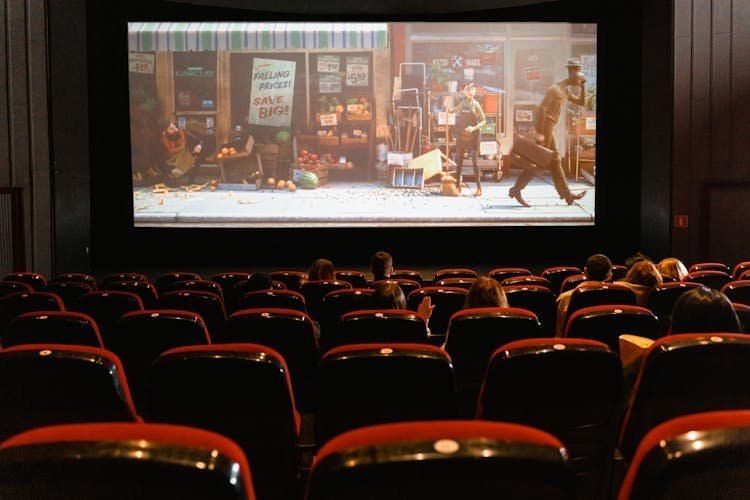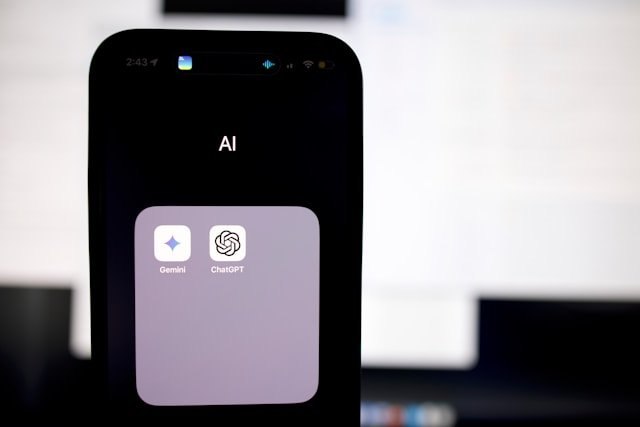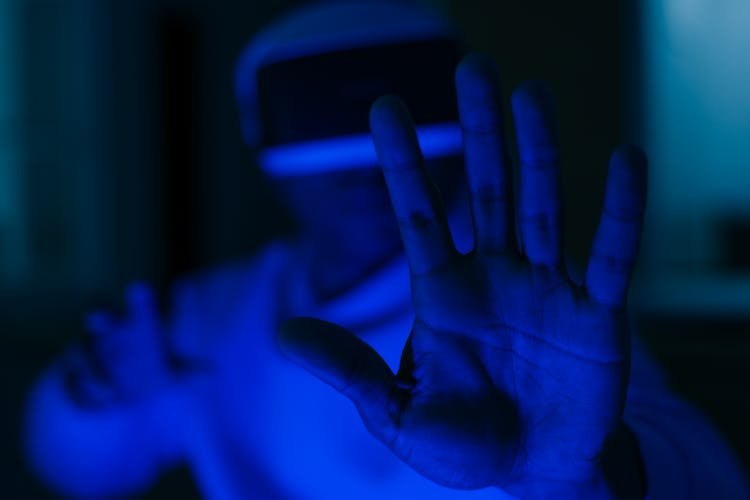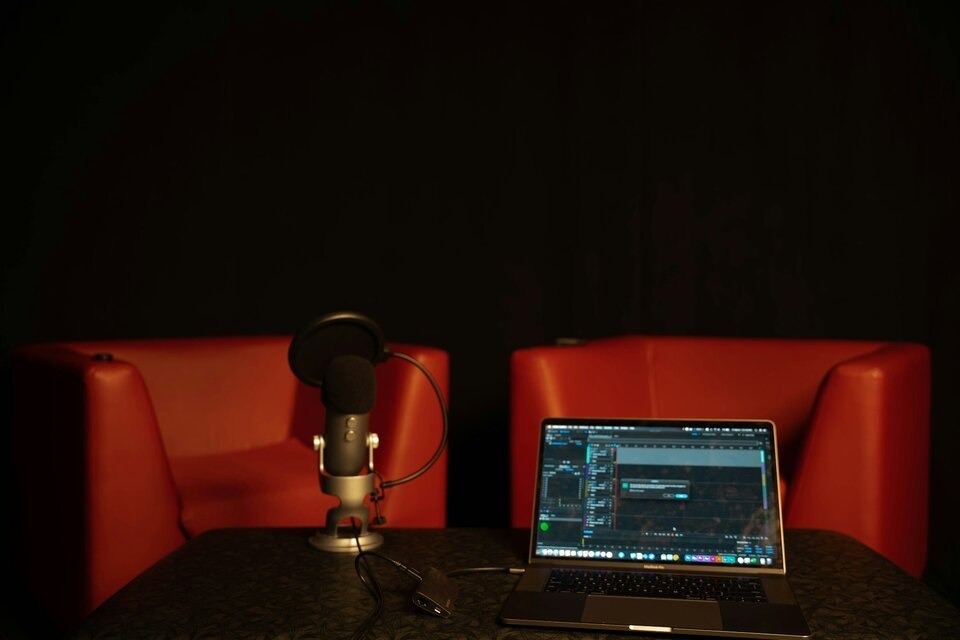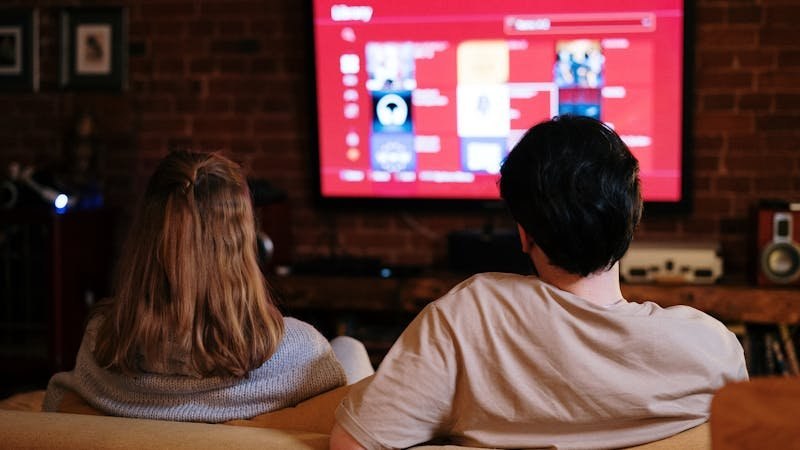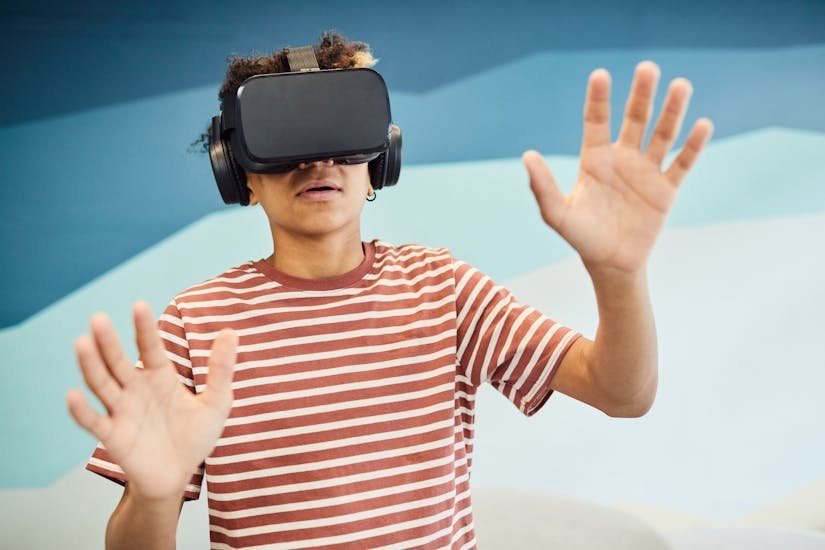
How Neuro-Insight proved the efficacy of interactive vs. traditional ads
The challenge
Neuro-Insight wanted to understand how interactive ads performed versus traditional static ads.
The solution
YouGov FreeWall ads were tested alongside traditional ad formats, with brain data also recorded to test memory encoding.
The results
The FreeWall ad had a dramatically stronger impact in terms of behavior and neurological response, with 52% longer exposure time than TVCs, 5x the impact of static digital ads, and 50% higher memory response.
Business challenge
Neuro-Insight (NI) uses a unique technology called Steady State Topography (SST) to measure how the brain responds to different types of stimulus, measuring electrical activity in the brain in order to report on a number of cognitive functions.
For an advertising campaign with Sky Broadband, NI wanted to understand the relative impact of a FreeWall ad compared to a comparable static ad, and whether there were any clear advantage in terms of cutthrough and ad retention.
Solution & approach
Using a quantitative sample of 105 respondents, evenly split between London and Sheffield, and ranging in age from 18-65, NI held a series of fieldwork sessions in which all respondents viewed three Sky Broadband ads; a static online ad, a FreeWall online ad and a TVC.
The online ads were presented in the context of two articles, hosted on Empire and The Mirror sites, and the order in which the static and FreeWall ads were presented was rotated. Respondents first watched a short piece of TV programming to get them accustomed to wearing the headsets, then were asked to browse online.
They were directed to a bookmarked page which featured a Sky Broadband ad, either static or FreeWall, in the context of a magazine article (there were two different magazines that were rotated for both versions of the ad). At this stage, half the sample saw a static ad and half FreeWall. Then there was another period of TV viewing during which respondents saw a Sky Broadband TV ad. Finally, they went online again and were exposed to whichever version of the Sky ad they had not already seen.
Results
NI found that the FreeWall ad clearly impacted repondents’ behavior more strongly than the static ads. Exposure to the static ads was limited by the way they appeared on the page, not always loading immediately, and were often missed as people scrolled down.
In contrast, the FreeWall ads were almost always seen, delivering more than five times the number of impressions. In addition, the time spent with the FreeWall ad clearly in view was much longer than for the static ads; 13 seconds compared to 3.4 seconds.
Brain data showed that, at the point when people saw the FreeWall ads, and when they made a choice about the question, responses were very high. The initial view of the ads elicited a memory response more that 50% higher than general online browsing. This evidence supports the findings from previous studies that show FreeWall ads create a strong level of cut-through, and that the subject of them is strongly encoded into memory.





